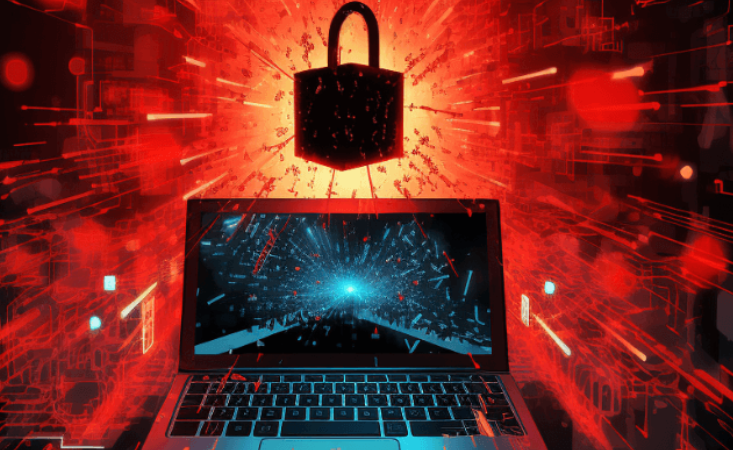Cybersecurity in the Age of Remote Work
The shift to remote work has significantly altered the cybersecurity landscape. Organizations now contend with increased vulnerabilities, including sophisticated phishing attacks and unsecured home networks. As teams operate outside traditional office environments, the necessity for robust security measures becomes clear. Understanding and implementing best practices is crucial. However, the challenges do not end there; the effectiveness of these measures hinges on how well companies foster a culture of cybersecurity among their remote teams.
The Evolving Cyber Threat Landscape
As remote work becomes increasingly prevalent, the cyber threat landscape is evolving in response to new vulnerabilities introduced by this shift.
Phishing attacks, once simplistic, are now more sophisticated, exploiting human psychology and trust.
Concurrently, malware evolution accelerates, adapting to exploit remote access tools and unsecured home networks.
Organizations must remain vigilant, as these emerging threats pose significant risks to information security and individual freedom.
Best Practices for Remote Work Security
While many organizations embrace the flexibility of remote work, implementing robust security practices is essential to mitigate the associated risks.
Effective password management ensures that credentials remain secure, while utilizing secure connections—such as VPNs—protects data from interception.
Employees should be trained to recognize phishing attempts and encouraged to use multifactor authentication, fostering a culture of vigilance that enhances overall cybersecurity resilience.
See also: How To Search On WhatsApp Web: Find Any Message in Seconds!
Essential Tools for Cyber Defense
To effectively safeguard remote work environments, organizations must equip themselves with a range of cyber defense tools designed to address specific threats.
Essential among these are endpoint protection solutions, which secure devices against malware and unauthorized access.
Additionally, threat intelligence platforms provide real-time insights into emerging risks, enabling proactive measures that enhance the overall security posture and maintain the integrity of remote operations.
Building a Cybersecurity Culture in Remote Teams
Building a cybersecurity culture within remote teams requires a strategic approach that emphasizes awareness and accountability among all members.
Fostering employee awareness through regular training sessions enhances understanding of potential threats.
Furthermore, promoting team collaboration in cybersecurity practices encourages collective responsibility, ensuring that each member feels empowered to contribute to the security posture.
This holistic approach strengthens resilience against cyber risks in a distributed work environment.
Conclusion
As organizations navigate the complexities of remote work, the importance of robust cybersecurity cannot be overstated. With the digital landscape evolving at breakneck speed, employing best practices and essential tools is akin to fortifying a medieval castle against invaders. Cultivating a proactive cybersecurity culture among remote teams not only mitigates risks but also empowers employees to act as vigilant sentinels. Ultimately, a comprehensive approach to cybersecurity will safeguard sensitive information and enhance organizational resilience in an increasingly perilous environment.






